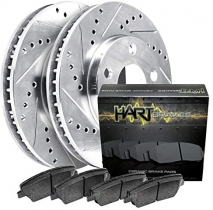-
Welcome to 4Runners.com!
You are currently viewing as a guest! To get full-access, you need to register for a FREE account.
As a registered member, you’ll be able to:- Participate in all 4Runner discussion topics
- Transfer over your build thread from a different forum to this one
- Communicate privately with other 4Runner owners from around the world
- Post your own photos in our Members Gallery
- Access all special features of the site
Replacement engine rear main leak
Discussion in '2nd Gen 4Runners (1990-1995)' started by SmokinLS9, Sep 6, 2020.
Page 2 of 2
Page 2 of 2

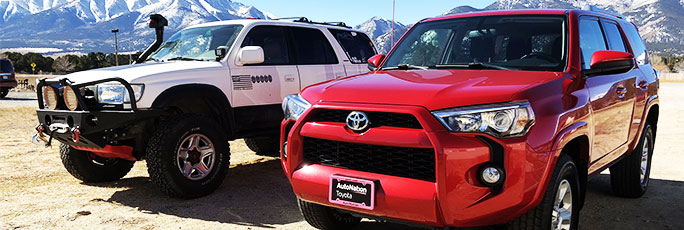
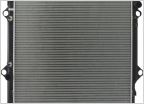 Need new radiator advice
Need new radiator advice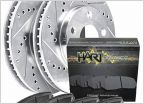 Recommended rotors and brake pads?
Recommended rotors and brake pads?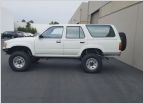 Spacers or springs for leveling rear end
Spacers or springs for leveling rear end Ball joints
Ball joints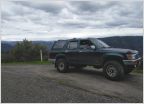 New coils and 1.25" spacers, got rid of that sag!
New coils and 1.25" spacers, got rid of that sag! Antenna alternatives?
Antenna alternatives?

















